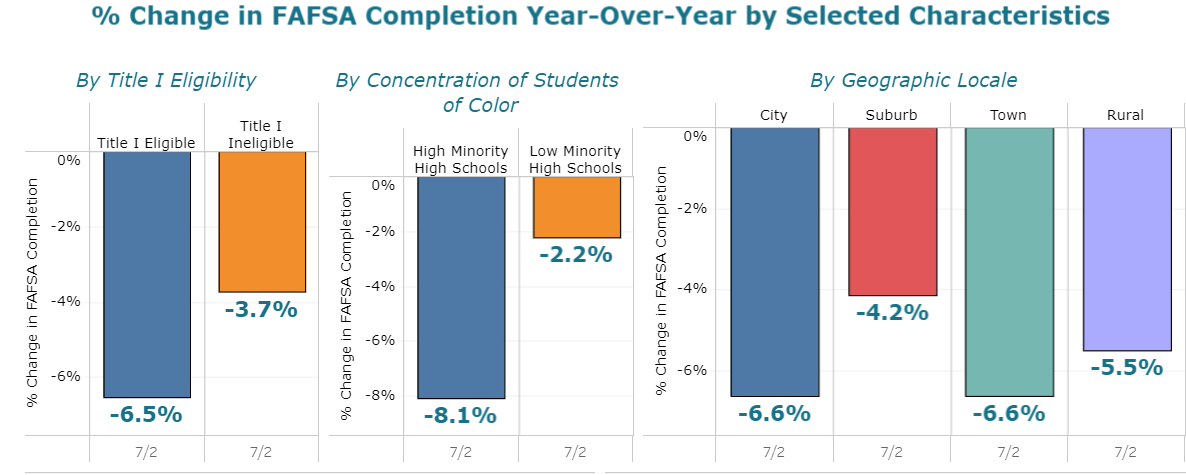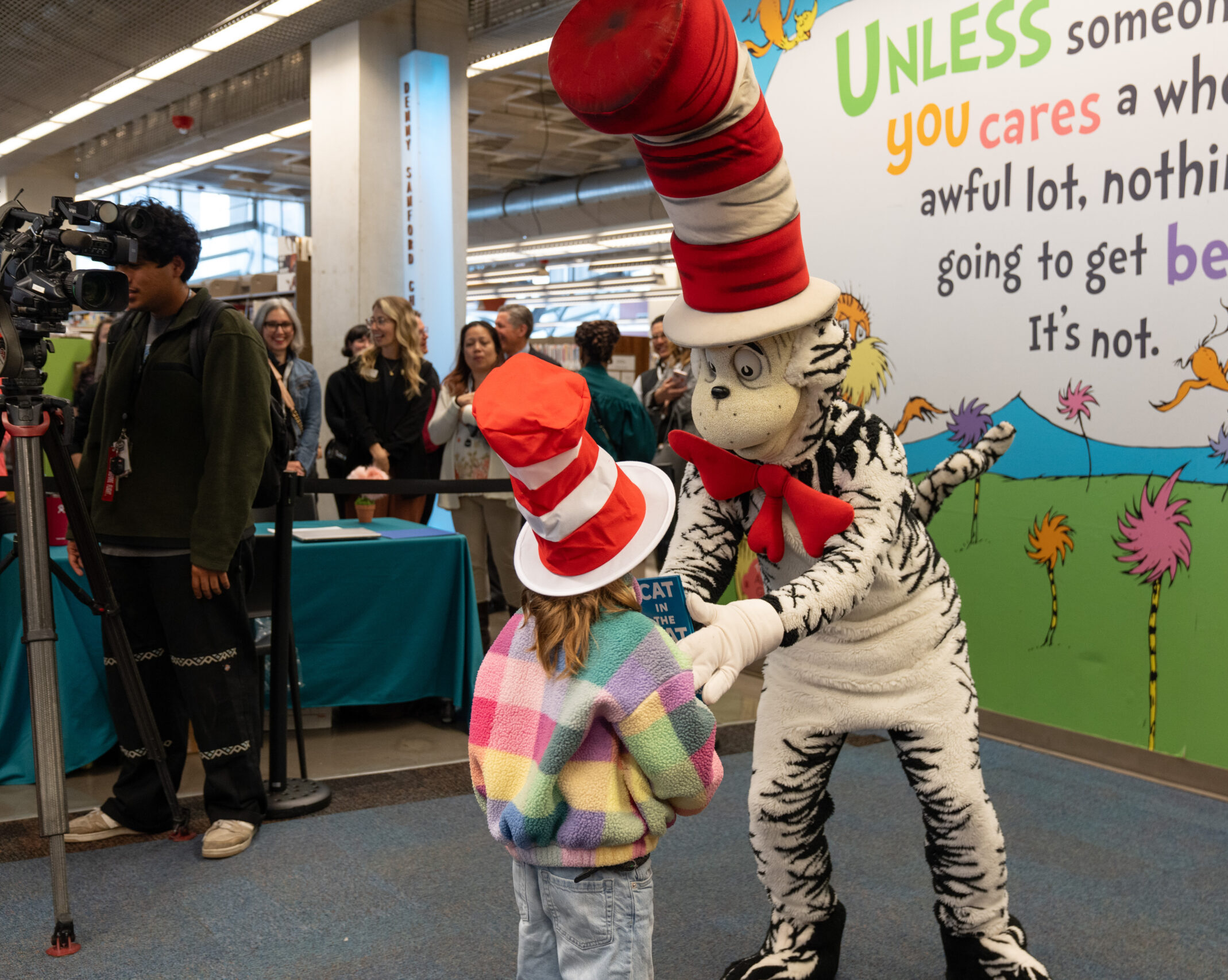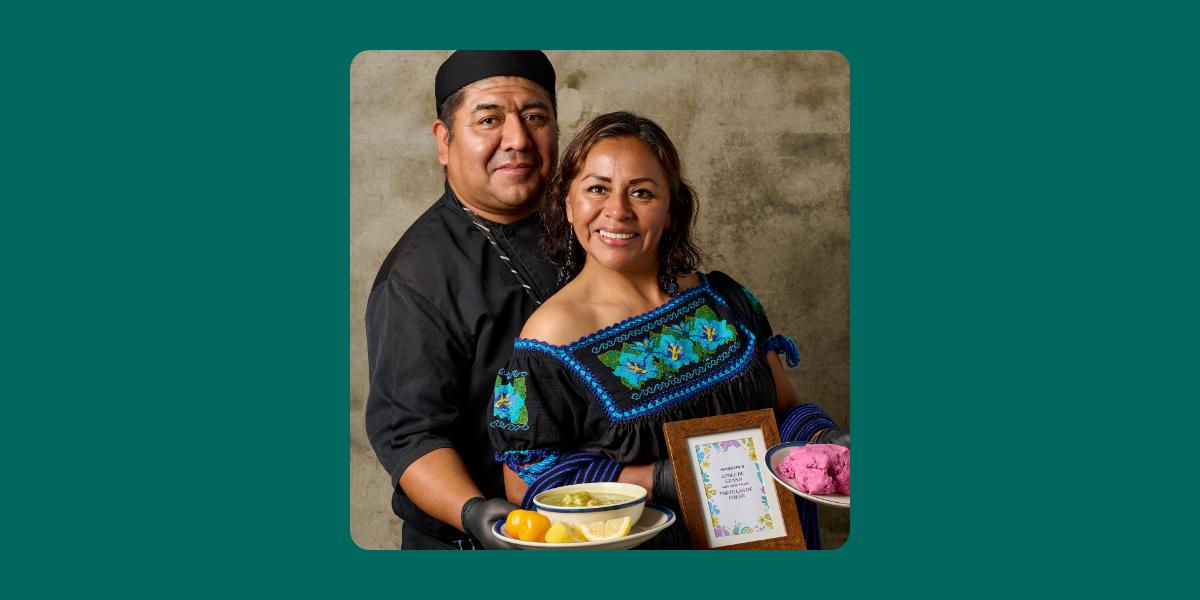The Free Application for Free Student Aid, more commonly known as the FAFSA, has been in place for decades. It is widely used to help colleges and universities determine the amount of financial aid awarded to students.
The FAFSA is also used by entities that award grants, like the state of California, and scholarships, like The San Diego Foundation, to determine need-based aid. It uses reported income to help college students and their families understand what their Expected Family Contribution will be towards their college tuition and fees.
The FAFSA is widely considered one of the most important steps in students accessing higher education as it allows them to tap into federal, state and institutional financial aid.
Important Predictor
The FAFSA is also an important way of determining if students will enroll in college.
For example, the National College Attainment Network notes that, of those students who complete the FAFSA, 92 percent of them will be enrolled in college the following November. This compares to 52 percent for students who do not complete the FAFSA and enroll in college during the same time.
Not only does the FAFSA help predict enrollment, but the financial aid it determines can also help students persist through college – for every $1,000 in grants a student receives, their likelihood of continuing their education increases by 5 percent, according to the National College Attainment Network.
Class of 2021
For the most recent graduating high school class, FAFSA completion rates dropped for the second year in a row, according to a report by the National College Attainment Network. By July 2, 2021, 4.8 percent fewer students completed the FAFSA as compared to the same time period in 2020.

An estimated 53.3 percent of the Class of 2021 completed a FAFSA by July 2, which was about 102,000 fewer seniors than last year. Unfortunately, every indication is that the students who didn’t complete this year, but would have in years past, are students from backgrounds that are historically under-represented in higher education and/or at-promise, or students who experience economic or social challenges. Last year, the total of completed FAFSAs was down 81,000 as compared to 2019.
Data Behind the Drop

The numbers bear out that the students least likely to complete the FAFSA were those enrolled at schools with high enrollment of Black and Hispanic students and/or Title I schools, or those where at least 40 percent of students and their families are low-income.
For example, at Title I-eligible public high schools, FAFSA completions declined 6.5% compared to 3.7% for non-Title I-eligible public high schools. For schools with more than 40% Black and Hispanic students, the decline was 8.1% compared to 2.2% in schools with less Black and Hispanic enrollment.
While application completion has dropped across the board, there were statistically significant drops in applications at students enrolled at public high schools in urban, suburban and rural areas. For example, public high schools in cities (-6.6%) and small towns (-7%) saw the largest declines in FAFSA completion, followed by schools in rural places (-5.5%) and suburban high schools (-4.2%).
With the FAFSA open for the 2022 – 2023 academic year as of Oct. 1, 2021, only time will tell if the drops in completion will continue.
Community Scholarships Program
Students interested in applying for the Community Scholarship Program through The San Diego Foundation are required to complete the FAFSA to determine their financial need, even if they are applying for a merit-based scholarship. For assistance with the FAFSA, students can contact Cal-SOAP (California Student Opportunity and Access Program) to learn about resources and workshops.




